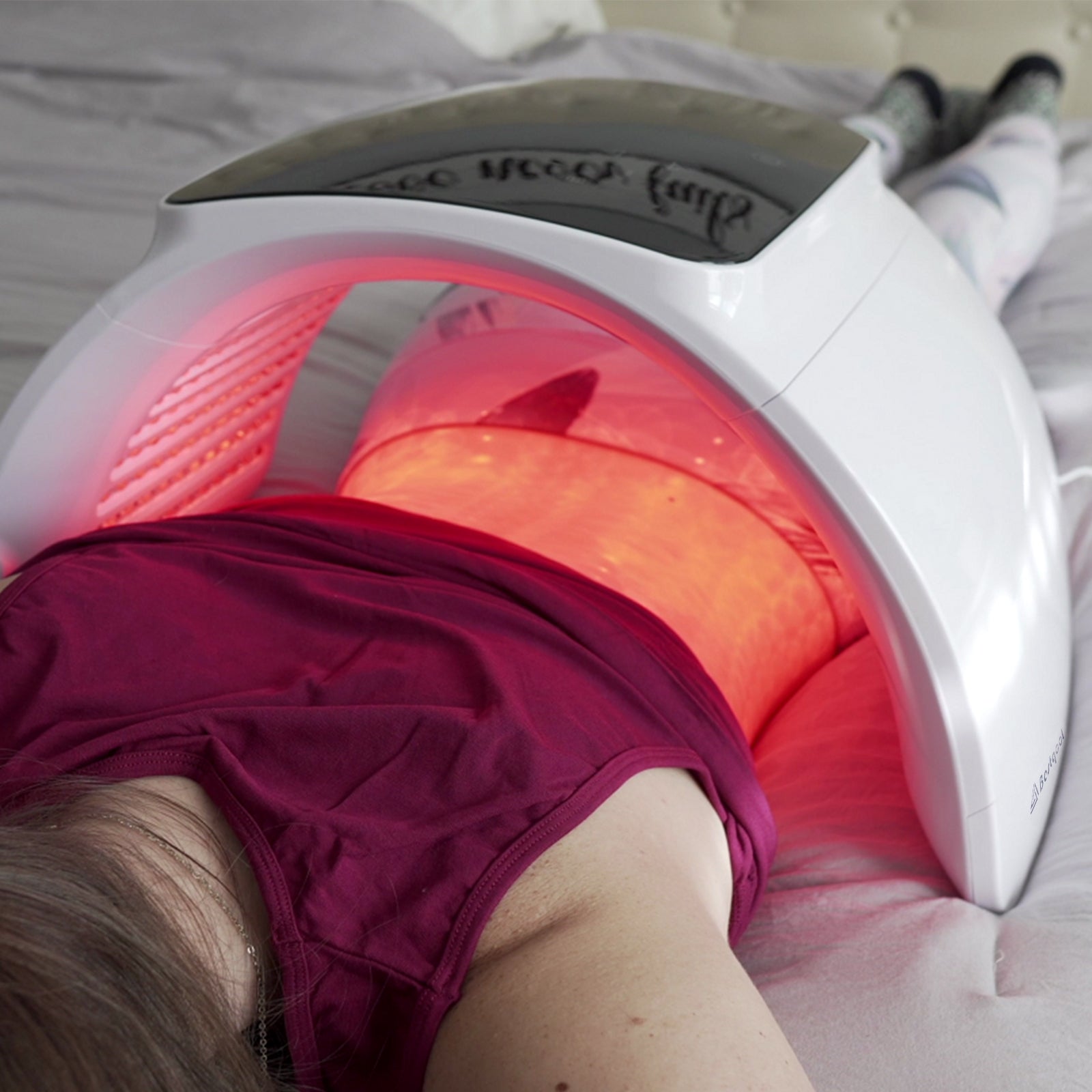Red light therapy, also known as low-level laser therapy (LLLT) or photobiomodulation, is a non-invasive treatment that uses red, low-level wavelengths of light to promote healing and reduce inflammation. In recent years, it has gained popularity for its potential benefits in treating a wide range of conditions, including skin issues, pain management, and even mental health. In this article, we will explore the science behind red light therapy and its potential benefits for full body treatments.

How Does Red Light Therapy Work?
At the core of red light therapy is the interaction between the red light wavelengths and the cells in the body. When the skin is exposed to red light, it penetrates the skin and is absorbed by the mitochondria, the powerhouse of the cell. This absorption stimulates the production of adenosine triphosphate (ATP), the energy currency of the cell, leading to a cascade of beneficial effects. Additionally, red light therapy has been shown to increase blood flow, reduce inflammation, and promote tissue repair, making it a promising treatment for a variety of conditions.
The Benefits of Red Light Therapy for Full Body Treatments
One of the key benefits of red light therapy for full body treatments is its ability to promote overall wellness. By stimulating cellular energy production and reducing inflammation, red light therapy can have systemic effects on the body, leading to improved energy levels, enhanced recovery from exercise, and even better sleep quality. Additionally, red light therapy has been shown to have positive effects on skin health, making it a popular choice for full body treatments targeting conditions such as acne, eczema, and psoriasis.
Applications of Red Light Therapy for Full Body Treatments
Red light therapy can be administered in various forms, including full body panels, handheld devices, and targeted spot treatments. Full body panels are particularly effective for providing comprehensive coverage and are commonly used in professional settings such as spas and wellness centers. These panels emit red light over a large surface area, allowing for maximum exposure and benefit. Handheld devices, on the other hand, offer more flexibility and are often used for targeted treatments on specific areas of the body.
Considerations for Red Light Therapy Full Body Treatments
While red light therapy offers a range of potential benefits for full body treatments, it is important to consider certain factors before undergoing treatment. For example, the intensity and duration of red light exposure, as well as the specific wavelengths used, can impact the effectiveness of the treatment. Additionally, individual factors such as skin type, age, and overall health should be taken into account when determining the most suitable approach for red light therapy full body treatments.
In conclusion, the science behind red light therapy offers a compelling rationale for its potential benefits in full body treatments. From promoting cellular energy production to reducing inflammation and improving skin health, red light therapy has the potential to enhance overall wellness and provide relief for a variety of conditions. As research in this field continues to evolve, red light therapy is poised to become an increasingly valuable tool for promoting health and well-being.







